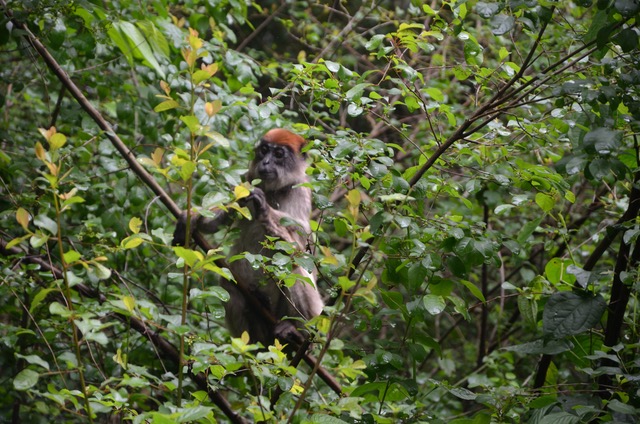
Copyright: Urs Kalbitzer
Individual and collective red colobus (Piliocolobus tephrosceles) movement patterns
Movement patterns in relation to food preferences and food resource
The primary goal of this project is to investigate how group-living, arboreal primates coordinate their foraging and movement in their natural habitats such that they maintain cohesion despite inter-individual differences in nutritional requirements and social relationships. Given the behavioural flexibility of primates and the variability of their ecological environments, it is essential to analyze long-term data to obtain a proper understanding of their behaviour and food preferences, the nutritional value of different food items, and the distribution of available food resources within their habitat.
With the support of a previous project, Urs Kalbitzer and collaborators have already digitized and processed large parts of the required long-term data to investigate these questions in red colobus (Procolobus tephrosceles) in Kibale National Park, Uganda. Building on this foundational work, he and his collaborators can now begin the exciting work of using these data to answer questions about the individual and collective red colobus movement patterns in relation to food preferences and food resource distribution, position of other group members and social relationships using the processed and additional GPS collar data. The specific objectives of this project are to investigate the long-term (16-year period) dietary preferences of red colobus, construct nutritional landscapes using the processed plant ecological data in combination with drone imagery, investigate the movement behaviour of one study group over an 11-year period, and prepare and execute the deployment of GPS collars to collect high resolution movement data from a large number of individuals within one study group. This project will also support his previous project Collective foraging in dynamic nutritional landscapes - Using high-resolution tracking data to investigate individual and group-level movement patterns.
